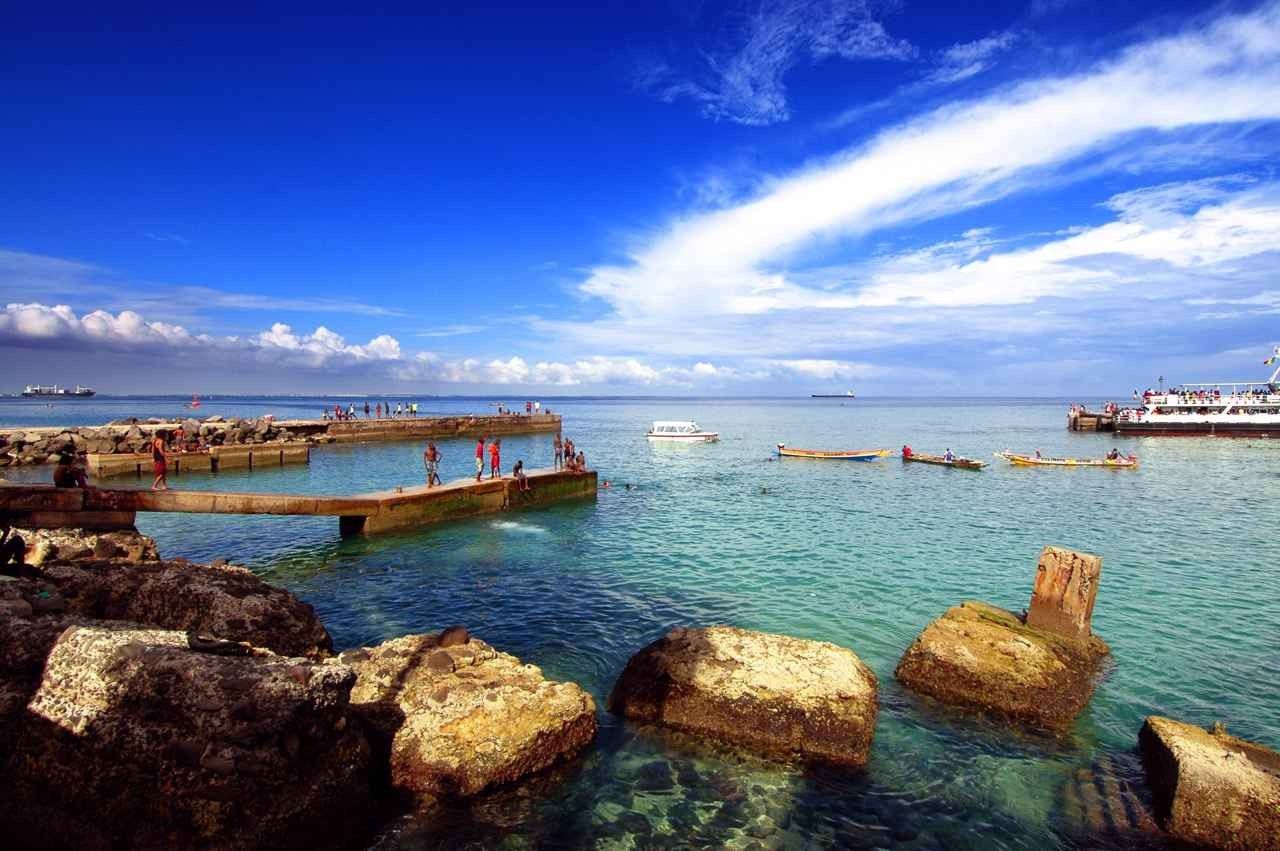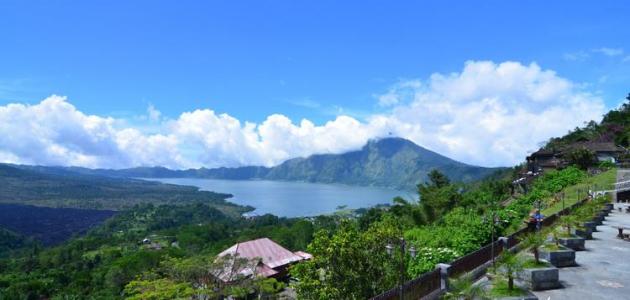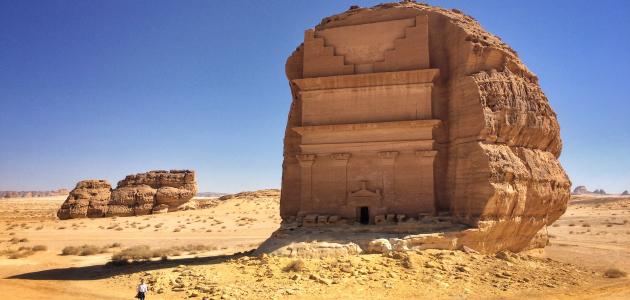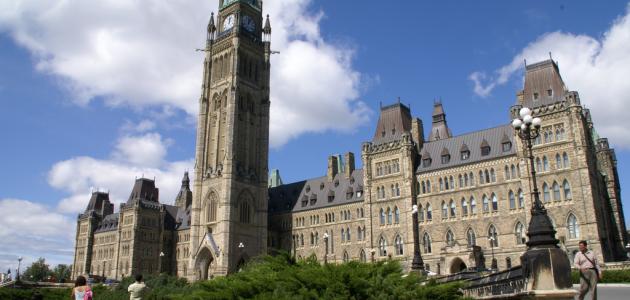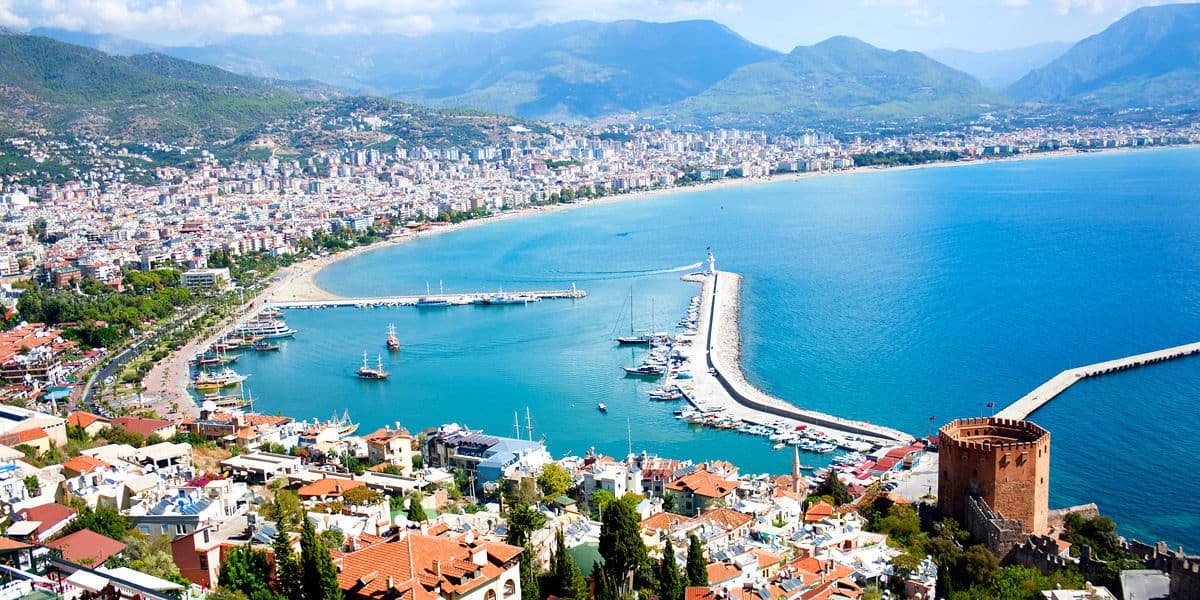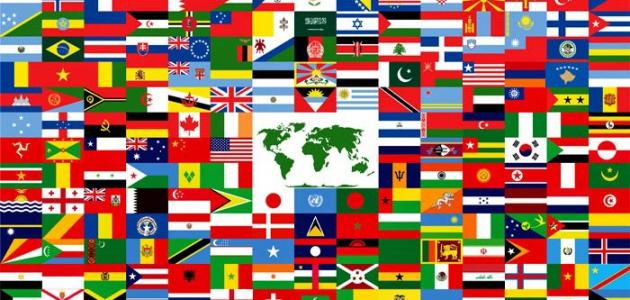Table of Contents
Cuba Island
The island of Cuba is a country within the islands of West India, and it consists of a large island with approximately 1600 small islands, and the city of Havana is its official capital and the largest city between its cities, and the island of Cuba is called “the pearl of the Antilles”, and in 1976 AD Cuba became a socialist republic according to the Cuban constitution The Communist Party is the ruling party, which has absolute power to control the state, and the government in Cuba seeks to support economic development and the implementation of social justice. Legislative approval of the Legislative Council, known as the National Council, elected by the people for a period of five years.
Cuba Island website
The island of Cuba is located within the region between the Atlantic Ocean and the Caribbean Sea, and it is bordered on the north by the American state of Florida, and on the south side by Jamaica, while on the west it shares borders with Mexico, and is bordered on the east by Haiti, and the total geographical area of the island of Cuba reaches 110,860 km².
Geography
The island of Cuba contains a group of geographical terrain, and contributes to the formation of natural features on its land, and the most important of these terrain is the mountains and hills that cover a quarter of the geographical area of the island of Cuba, and the Sierra Maestra mountains are considered one of the largest mountain ranges in it; they extend over an area of about 150 miles – 240 km of length – along the southeast coast of Cuba.
In the center of Cuba there is a group of distinct hills, and there are many green plants on its land, called Al Rawabi, and these highlands form part of the central and northern provinces of Matanzas, Havana, and the central parts of Camaguey. The plains cover the equivalent of two-thirds of the island of Cuba, and contain a wide range of land planted with tobacco and sugar cane.
Coastal basins are found in Santiago de Cuba, and also contain the Coto River in the southeastern section, and near the lowlands are a group of coastal plains, extending from the eastern side to the western side of the island, and the swamps cover some areas, as for the Cuban water coast It contains many sandy beaches, dangerous cliffs and coral reefs.
the climate
The climate prevailing on the island of Cuba is considered semi-tropical and close to moderation, and the average temperatures range between 21 degrees Celsius and 27 degrees Celsius, while the average temperature in the capital Havana reaches approximately 27 degrees Celsius, and trade winds accompanied by marine breezes contributed to making the areas near The coasts are habitable, and the rainy season in Cuba starts from May to October, and rains fall in mountainous areas more than the lowlands. Sometimes hurricanes strike the eastern coasts of Cuba and result in many economic losses.
demographics
According to the statistics of 2016, the estimated number of the population of Cuba is 11,179,995 people, and the population is divided according to the statistics of 2012 according to the ethnic groups based on the color of the skin, as the white population constitutes 64.1%, and those who belong to the Mestizo constitute 26.6%, The remaining percentage is for blacks by about 9.3%, and the Spanish language is the official language in Cuba, and the Catholic Christian population makes up 85% of the population density, while the remaining percentages are distributed among other religions, and government spending on education reaches 12.8% of The gross domestic product for the year 2010
Economy
The Cuban government seeks to achieve a balance in the economy sector continuously – specifically between the required needs and the means that contribute to controlling socialist economic policy – in light of the firm policy of managing state affairs, and in 2011 the Congress of the ruling Communist Party was held in Cuba, and the members meeting agreed to Formulating a plan that includes many economic changes, and since that time the Cuban government has implemented economic but limited reforms, including allowing the population to participate in the buying and selling operations, and has worked to reduce the impact of government jobs, and allowed private and free business J appearing within Cuban society, which has contributed to encourage businessmen to invest with the strengthening of the role of the private property of individuals, such as the ability to own real estate.
According to the statistics of 2014 related to the GDP, the particiAl Bahahn rates of a group of economic sectors reached the following: The purchasing power of the Cuban people is equivalent to 128.5 billion USD, and the real growth rate in the Cuban economy reached 1.3%. The national saving rate is approximately 6%, the agriculture sector contributes 3.9%, the industrial sector contributes 23% to the Cuban economy, and based on the results of 2016, the services sector makes up 72.2% of the GDP.
touristical monuments
There are a number of famous tourist attractions in Cuba, including:
- Guevara monument: It is a historical and memorial landmark created in honor of Che Guevara, one of the famous revolutionaries in Cuba, where it is located in Santa Clara, and is considered a museum that contains a group of personal properties belonging to Guevara.
- San Juan Hill Park: It is a memorial garden considered as a civilizational landmark reminding the Cuban people of the war because of the Cuban war – in its quest for independence – against the Spanish forces, and it contains many special graves in the soldiers who fell in the war, and also contains a set of paintings and monuments that show the details of the war battle.
- Indian fountain: It is a fountain made of marble, and it contains a sculpture that indicates Havana and holds a weapon in her hand, as it is decorated by a group of dolphins.
- Havana Club: It is a cultural club that brings together residents, diplomats, wealthy people and foreigners, and is considered one of the only famous and public places in which the former Cuban leader, “Fidel Castro” had lunch.

